#slovakartcouncil
Photo
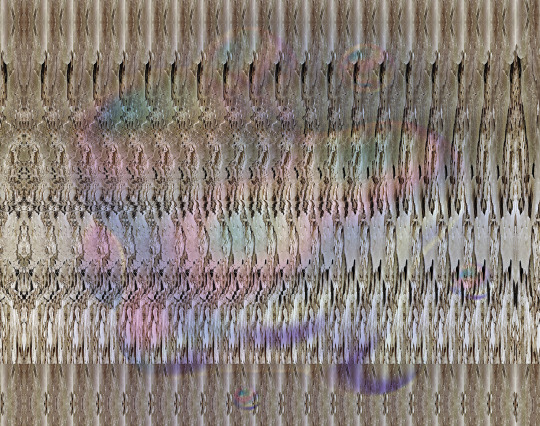
Cassiopeia A
digitally generated autostereogram
2021
An autostereogram can be described as an image within an image. It consists of a single two-dimensional image that allows viewers to perceive a camouflaged object in depth and three-dimensionality. The hidden volume which is invisible in a monocular inspection of the images emerges from the background pattern only under binocular viewing. This is also called “cyclopean vision” — an ability to see shapes in stereo that neither eye can see in mono.
Autostereograms work like gateways to another plane of perception. Like an aperture to a new dimension embedded in a sheet of paper. Reading/viewing becomes a performative act.
The realisation of the work was supported using public funding by Slovak Arts Council.
#autostereogram#cassiopeia#supernova#casA#fondnapodporuumenia#slovakartcouncil#ancapoterasugallery#aracresidency
0 notes
Photo
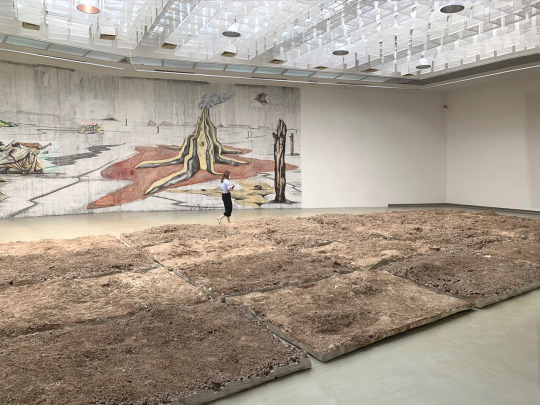

One Are (2021)
100m2 sculpture, soil cast
An are is a unit of area in the metric system, equal to 100 square metres. Today, its multiple, the hectare (which equal to 100 ares), is the principal unit of land measurement for most of the world.
Departing from this basic unit of measurement I transposed one are of land into a 100 m2 floor sculpture. It is a three-dimensional impression of a field used for agricultural purposes, from the South of Slovakia.
The size and the shape of the work refer to ancient patterns of territorial delimitations, land appropriation and ownership claims, political agro nomy, soil governance policies, crops, framing, outside-inside dictates and this one unit of measured area sets us back to the beginnings of colonization practices. Among the first ancient colonizers, the Romans, in order to divide and allocate the conquered lands, delimited the fields to be divided in lots. The ancient land surveyors (called gromatici or agrimensores) and the Roman system of property boundaries are fundamental to both agricultural and Civil Engineering as we know it today.
Their most common method of land division was based on the so-called “centuriated grid system”. Centuriation is the act of dividing land into centuries (hundreds) or equal areas — an inherited division pattern, which, translated into metric units, results in “ares” and “hectares”, which we still use in cadastral and agricultural divisions today. The grids consisted of boundaries, often roads dividing the territory into big squares or rectangles, which were then again divided into the individual parcels. The use and purpose of this rigid structure was manifold. It allowed for a kind of ancient zoning of the territory and facilitated the administration of property and the management of tax collection. In other words, it allowed for turning land into capital. The practice of centuriation was not only a system for dividing the land but also a political possession and control of the territory and a conceptual appropriation of the landscape. The installation visualizes the modern persistences of the ancient agrarian territorial boundaries.
The work emphasizes the institutional frame of land and the material constitution of soil at the same time. Based on an investigation of the relationship between the technique and the context (a three-dimensional imprint of the land, that remains ambiguous), the sculpture ensues from mapping of the records of agricultural work, markings and interventions into soil, remnants of cultures, tilling, cracking and erosions. So, the all the imprint pieces are some sort of memories or memorials (commemoration/materialization of what is "not there") and forming the formless.
Earth is a material that doesn’t actually have a recognizable form. It can be moulded ad infinitum, it constantly changes shape – hydrated, pressed, spread, rolled, tilled, compacted, thumped, torn, cracked, joined again, dried, ripped and hydrated again. The human intervention into soil and the cycle of the seasons impose their rhythm and shapes on the landscape. Because of its malleability, its endless morphing, drying and moisturising, earth is a material of endless possibilities.
The realisation of the work was supported using public funding by Slovak Arts Council.
#soil#materiality#vibrantmatter#earth#deep time#deep space#deep material#fondnapodporuumenia#slovakartcouncil#oneare
0 notes
Link
2020
#soil#diary#letter#materiality#anettamonachisa#liquiddogmas#earth#deep time#deep space#deep material#vibrantmatter#fondnapodporuumenia#slovakartcouncil
0 notes
Photo



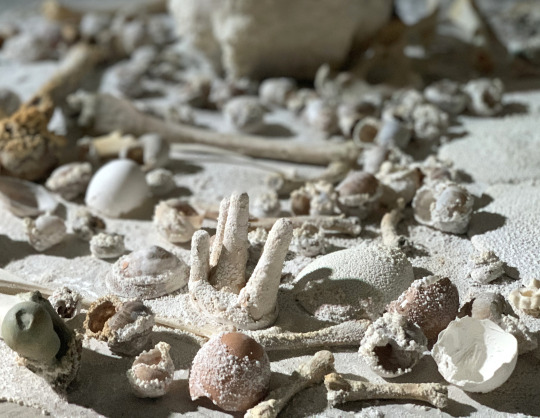
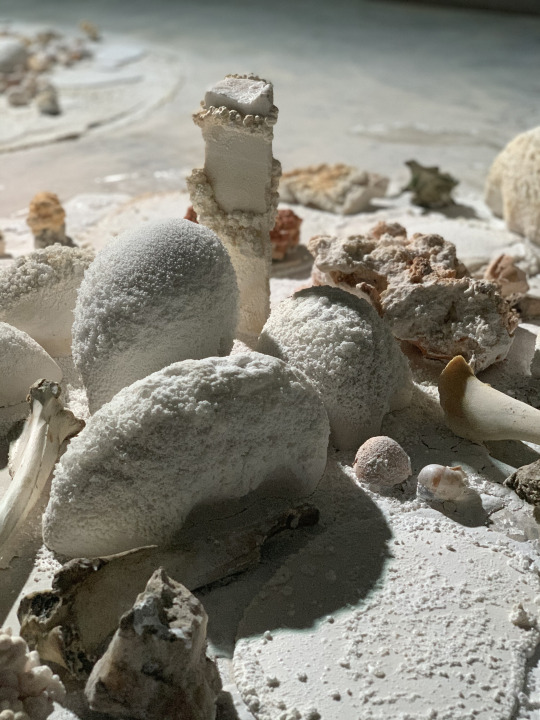
Coinciding Objects (2019-2021)
rocks, shells, bones, eggshells, plaster casts, acetic acid, sediments
on view within Fotograf Festival - "Earthlings".
The exhibition “Earthlings III: Patterns” explores the possibilities of overcoming the cycle of violence and healing; extraction and growth. On the one hand, it considers patterns of environmental and racial injustice, while on the other hand, it looks up towards the autonomous power of patterns whose provenance is not in the register of human experiences and practice, but the mythological and poetic activity of objects on the threshold of the animate and the inanimate. The ability of these objects to constantly oscillate between meanings and perspectives serves as a guide to another of the principles of terrestrialness: to avoid the ’calcification’ of power relationships in our society.
Fotograf Festival - Earthlings III: Patterns is open until 7. 11. 2021 at Karlin Studios, Prvního pluku 2, Prague.
Artists: Denise Ferreira da Silva & Arjuna Neuman, Anetta Mona Chișa, Haseeb Ahmed
Curators: Lukáš Likavčan, Caroline Krzyszton
The realisation of the work was supported using public funding by Slovak Arts Council.
#coincidingobjects#growingsculpture#calcium#sediments#karlinstudios#fotograffestival#earthlings#fpu#fondnapodporuumenia#slovakartcouncil
0 notes
Photo
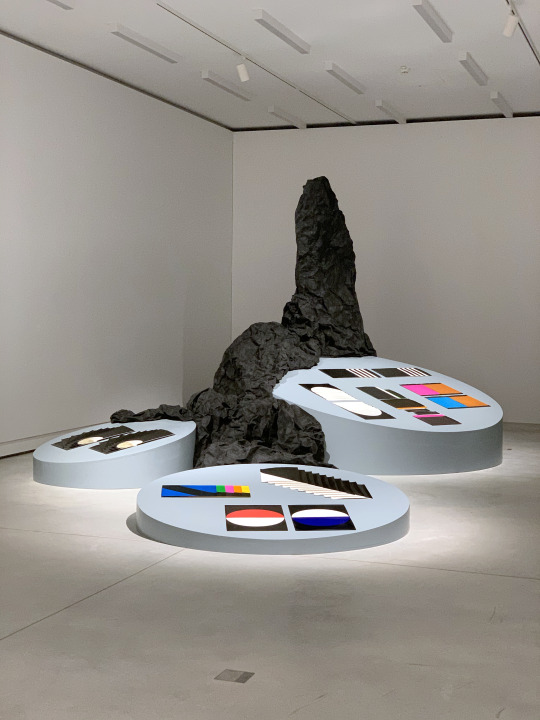
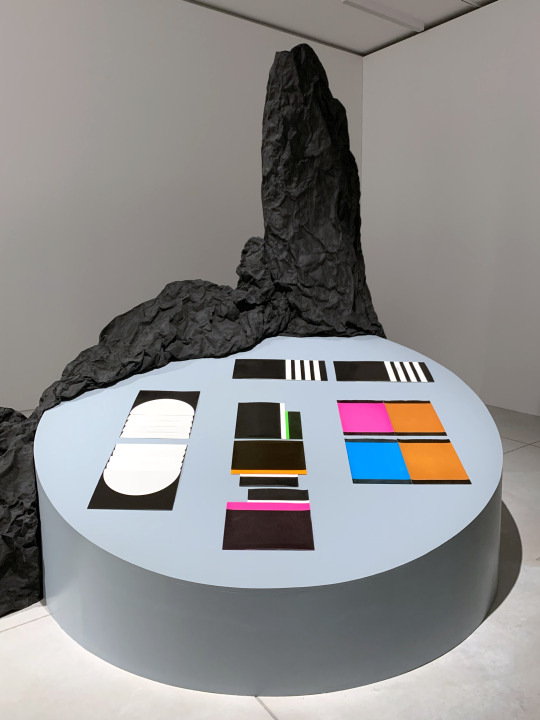
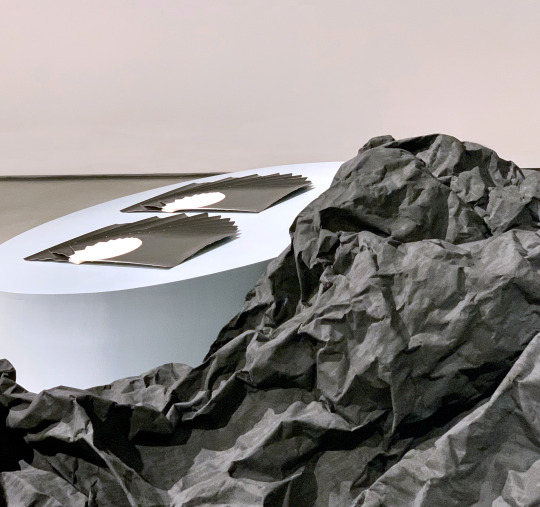
The 38th Dramatic Situation, 2021
Aleksandra Vajd & Anetta Mona Chișa
installation in Cukrarna, Ljubljana
Supported using public funding by Slovak Arts Council
#installation#sculpture#materials#photogram#cukrarna#collaboration#fondnapodporuumenia#fpu#slovakartcouncil#materiality#abstraction#situation#anettamonachisa#aleksandravajd
0 notes